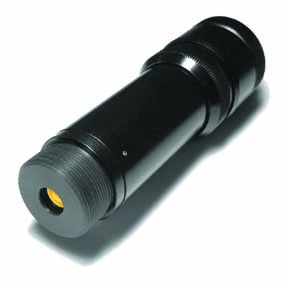piShaper
5_6 High efficient laser beam shaping
systems
|
piShaper
5_6 High efficient laser beam shaping
systems
|
||
|
|
Most important specific needs of applications based on the UV-lasers are taken into account
while developing the piShaper 5_6 systems.
|
 |
Technical Specifications:
|
|||||||||||||||||||||||||||||||||||||||||||||
Basic principles of piShaper operation:
|
|||||||||||||||||||||||||||||||||||||||||||||
| Drawing of piShaper 5_6_models: |
|||||||||||||||||||||||||||||||||||||||||||||